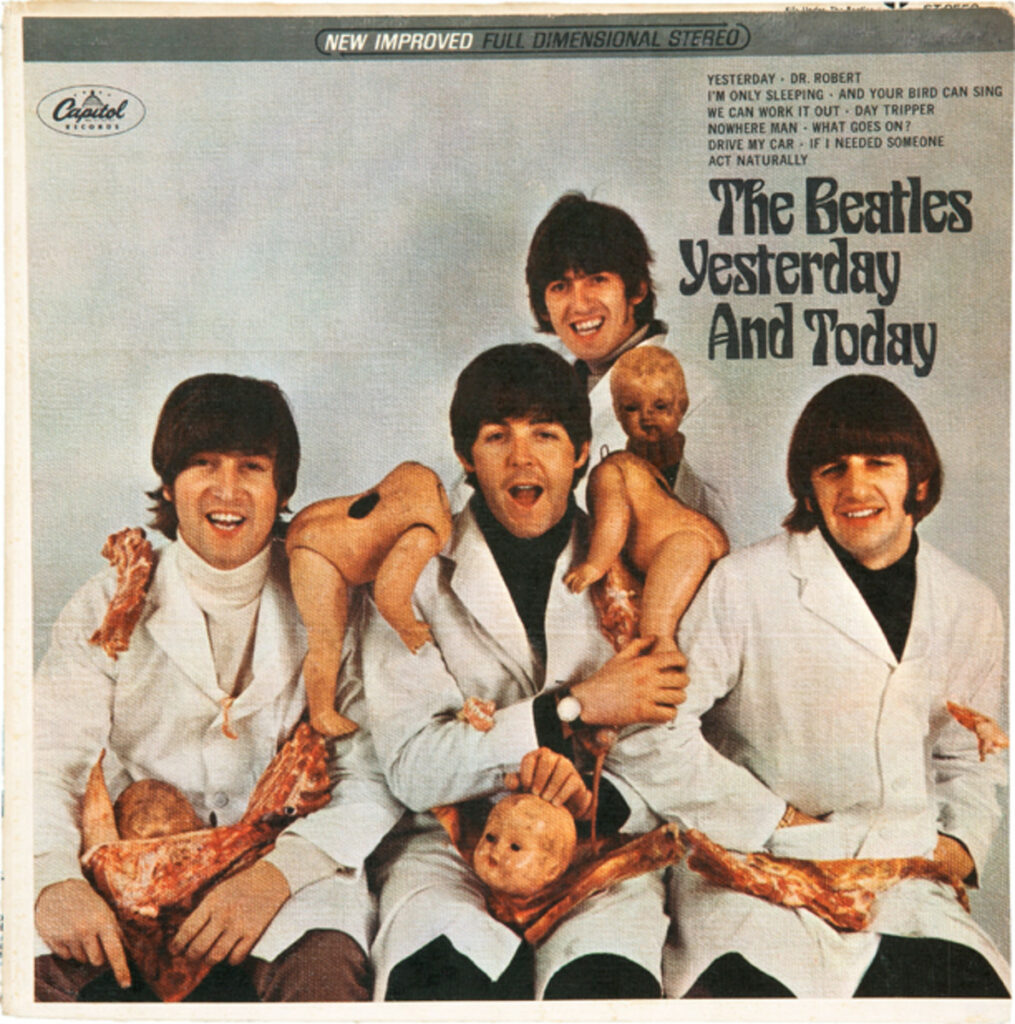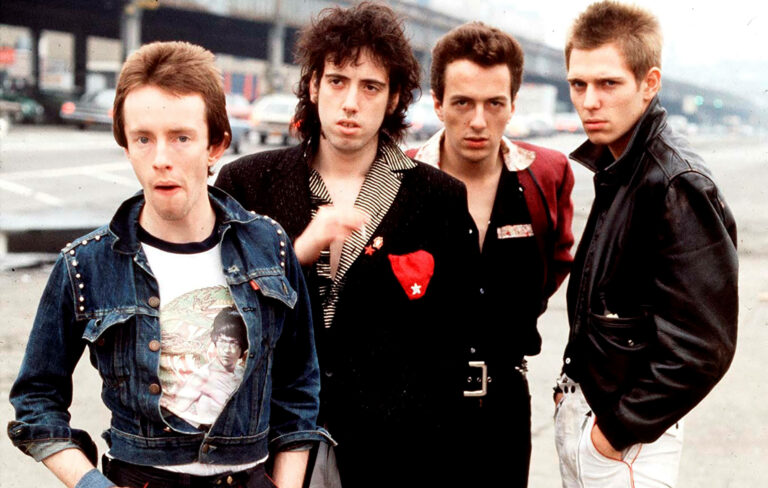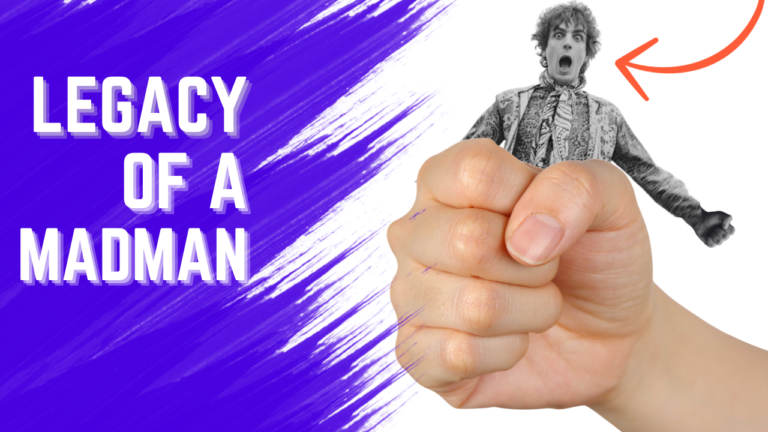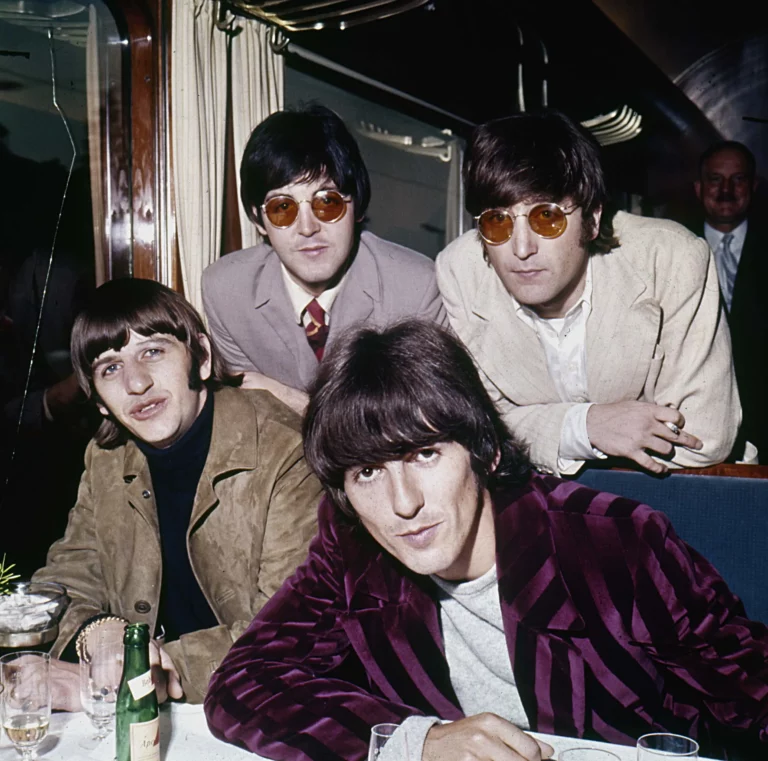The Story Behind the Beatles’ Most Infamous Cover

The release of the Beatles’ “Yesterday and Today” album in 1966 was a momentous occasion for fans of the Fab Four. The album was a collection of previously released songs, but it also included some new tracks that had never been heard before. However, it was the album’s cover art that caused the most controversy and led to a significant change for the label.
The original cover art for “Yesterday and Today” featured the Beatles dressed in butcher coats, surrounded by pieces of raw meat and decapitated baby dolls. The image was intended to be a commentary on the band’s treatment by the music industry, but it was widely interpreted as tasteless and offensive.
When the album was released, the backlash was immediate. Many fans and critics were outraged by the cover art, and some radio stations refused to play the album. Capitol Records, the label responsible for distributing the Beatles’ music in the United States, quickly realized that they had a problem on their hands.
The label decided to recall the album and replace the cover art with something less controversial. They commissioned a new photo of the Beatles sitting on a trunk, dressed in turtlenecks and sporting poker faces. The new cover art was much more subdued than the original, but it helped to smooth things over with fans and critics.
The controversy surrounding the “Yesterday and Today” cover art had a significant impact on the Beatles’ relationship with Capitol Records. The band was already unhappy with the label’s handling of their music, and the cover art incident only made things worse. The Beatles became more determined to exert control over their music and image, leading to the creation of their own record label, Apple Records, in 1968.
In the end, the release of “Yesterday and Today” marked a turning point for the Beatles and their relationship with the music industry. The controversy surrounding the album’s cover art may have been uncomfortable at the time, but it ultimately helped to pave the way for the band’s greater creative freedom and control over their work.
So, while the cover art of “Yesterday and Today” may have caused a stir at the time, it’s now seen as a moment of rebellion and artistic expression. It’s a reminder that sometimes the most controversial art can lead to the most significant changes.
Want to learn more about music’s greatest icons? Check out more of our articles at blog.realbraveaudio.com






